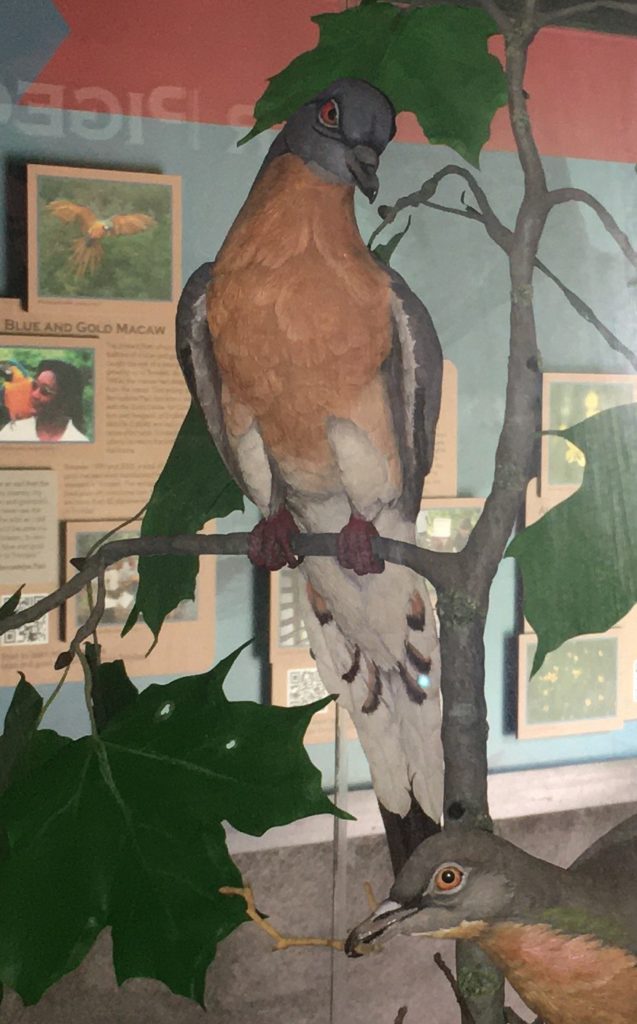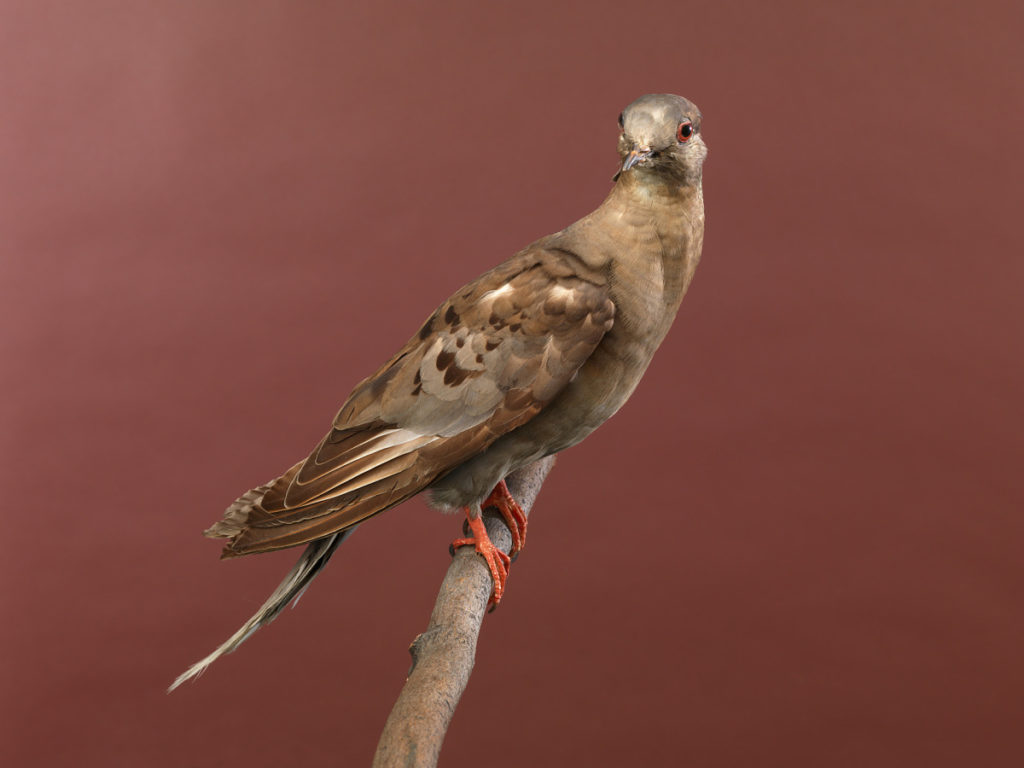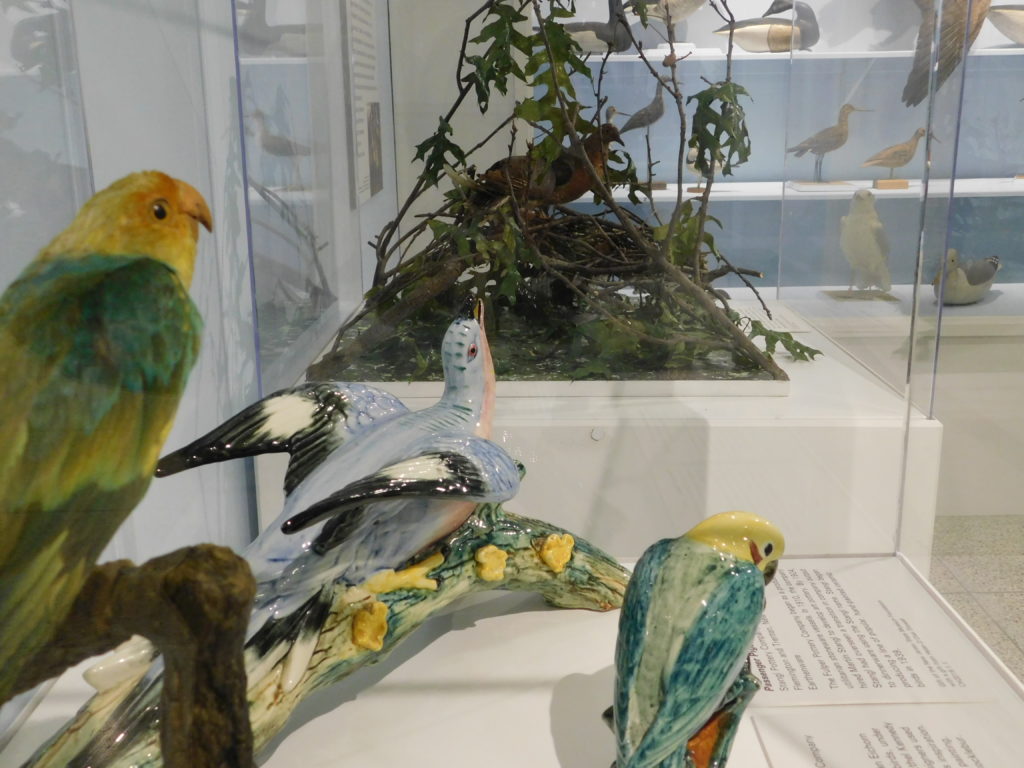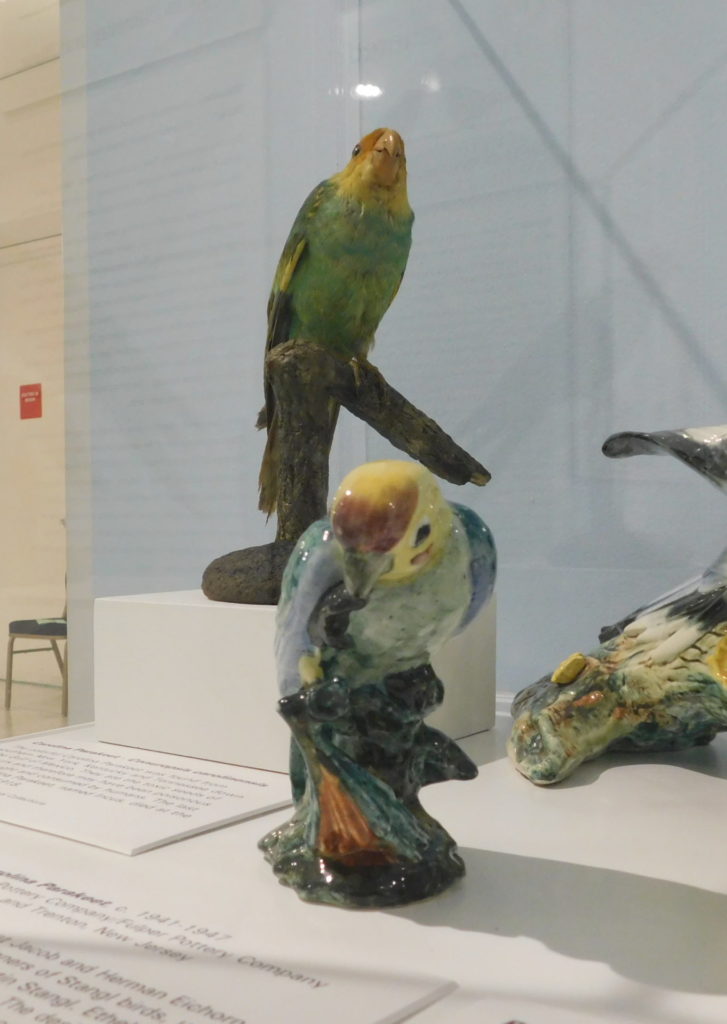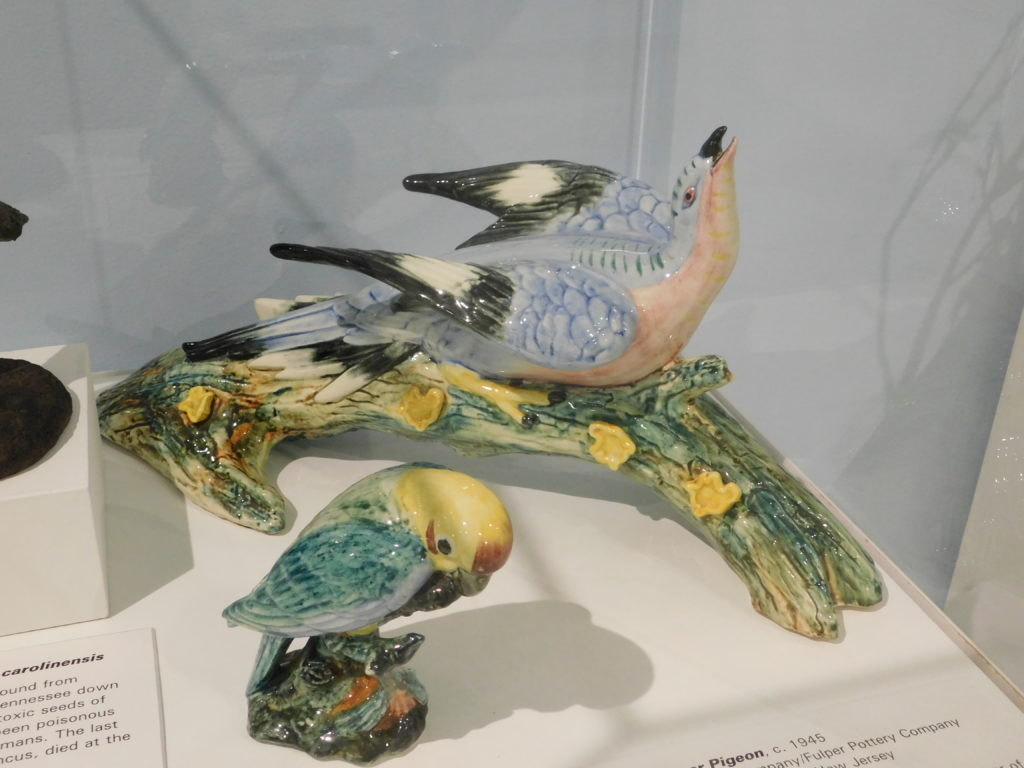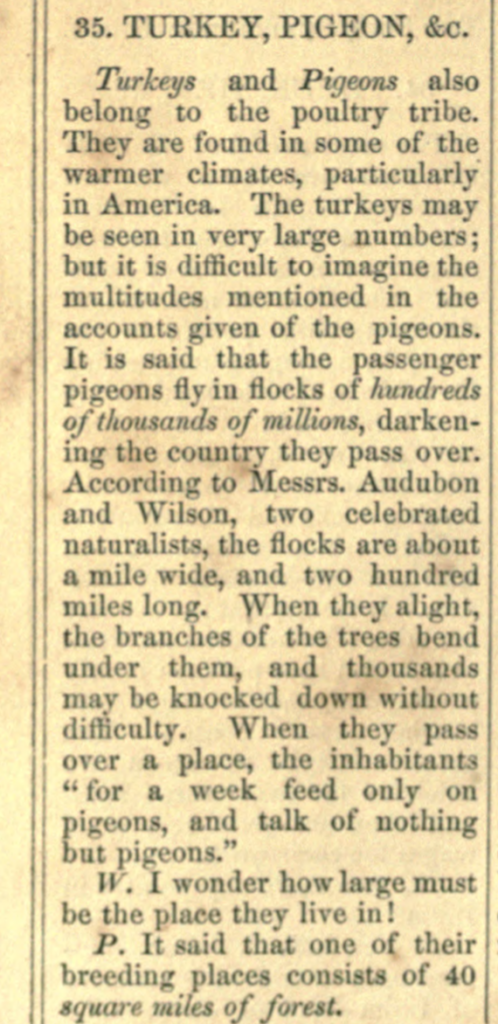This paper by Smith, Gehara, and Harvey was released earlier this year (currently behind a paywall): The demography of extinction in eastern North American birds. Supplementary material can be viewed here. The DNA study included passenger pigeon and four other extinct bird species.
From the abstract:
We found extinct species harboured lower genetic diversity and effective population sizes than extant species, but both extinct and non-extinct birds had similar demographic histories of population expansion. These demographic patterns are consistent with population size changes associated with glacial–interglacial cycles. The lack of support for overall population declines during the Pleistocene corroborates the view that, although species that went extinct may have been vulnerable due to low diversity or small population size, their disappearance was driven by human activities in the Anthropocene.
Reference: Smith BT, Gehara M, Harvey MG. 2021 The demography of extinction in eastern North American birds. Proceedings of the Royal Society B: Biological Sciences Vol. 288, Issue 1944: 20201945.

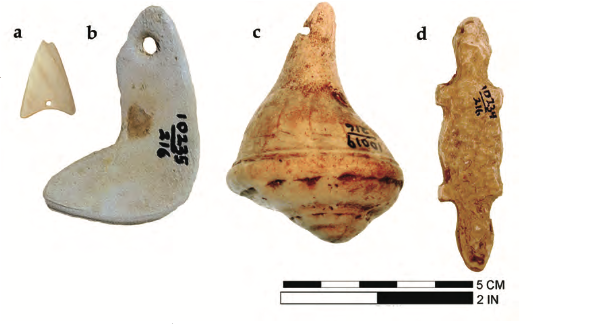

.jpg)
